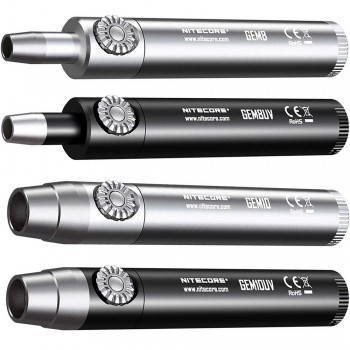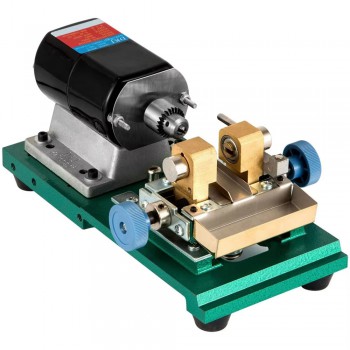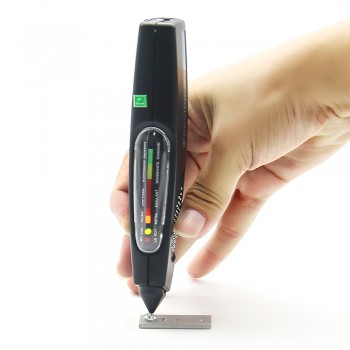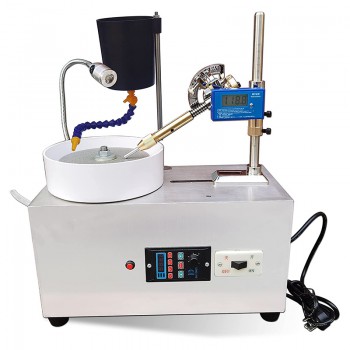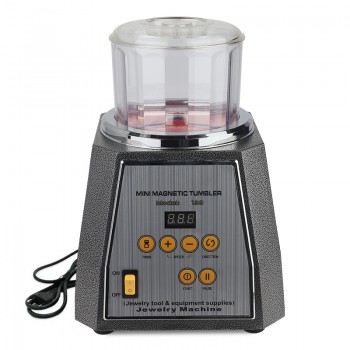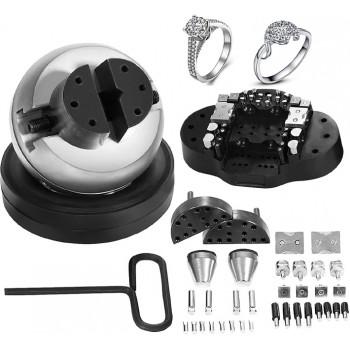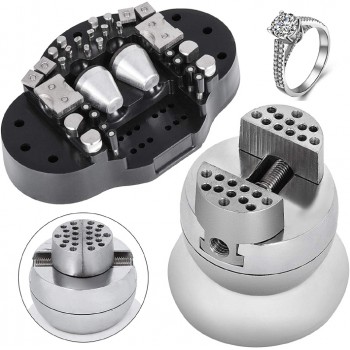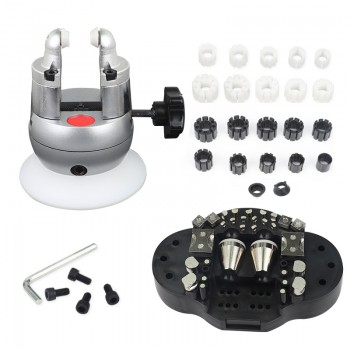
Engraving Ball Vise
Guide on How to Choose Engraving Ball Vise
What Is an Engraving Ball Vise?
An engraving ball vise is a precision holding device used to secure small jewelry pieces, watches, or metal components during engraving, stone setting, and carving processes. The vise allows controlled movement of the workpiece while maintaining a firm grip. It consists of a rotating spherical base that can be tilted or turned smoothly, helping the operator achieve detailed engraving work. The tool is widely used in jewelry workshops, watch repair, and craft studios. Variations such as engraving block ball vise and jewelers ball vise are available in different sizes and configurations for various applications.
Working Principle and Function
The ball vise engraving tool works by combining rotation and stability through a spherical base seated in a ring or cradle. The upper jaws hold the workpiece firmly, while the operator can rotate or tilt the ball to adjust the angle of access. This design supports precise hand movement during engraving or stone setting. Some engravers ball vice models include adjustable jaw plates and interchangeable pins to hold irregularly shaped objects. The controlled motion of the vise allows the engraver to maintain alignment and accuracy during detailed operations.
Structure and Characteristics
A typical engraving block ball vise is composed of a solid steel or alloy sphere, a rotating base, and adjustable jaws. The lower part often rests in a rubber or metal cradle to allow rotation while reducing movement friction. Many units feature small holes and pins for customized workpiece holding. Jewelers ball vises are available in various diameters, usually ranging from 3 inches to 6 inches, depending on the type of jewelry or object being engraved. Compact models are often used for gemstone setting or micro engraving, while larger ones support heavier pieces.
How to Choose the Right Engraving Ball Vise?
When selecting an engravers ball vice, key factors include vise diameter, weight, jaw opening, and intended usage. For small jewelry or fine metalwork, a lightweight jewelers ball vise supports delicate handling. For workshop or professional engraving tasks, heavier engraving block ball vise units provide better holding strength. It is recommended to check compatibility with engraving tools, pin configurations, and the type of surface cradle. The vise should fit comfortably on the workbench and allow enough rotation for various engraving angles.
Purchase and Operation Considerations
Before purchasing, users should review product details such as material composition, jaw opening width, and included accessories. During use, the workpiece should be centered and secured evenly within the jaws to prevent slippage. Applying moderate pressure supports stability without damaging the item. The ball can be rotated smoothly to access different engraving angles. It is advisable to use the vise on a solid surface or mount it securely on a bench pad to improve control during detailed work.
Application Areas
An engraving ball vise for sale can be applied in jewelry engraving, stone setting, watch repair, and small-scale metal art production. It supports tasks such as carving initials, setting gemstones, and engraving patterns on rings or pendants. The tool is also used in training and educational environments to help students practice precision work. Ball vise engraving applications extend to small metal crafts and decorative restoration, offering steady handling during detailed manual work.


